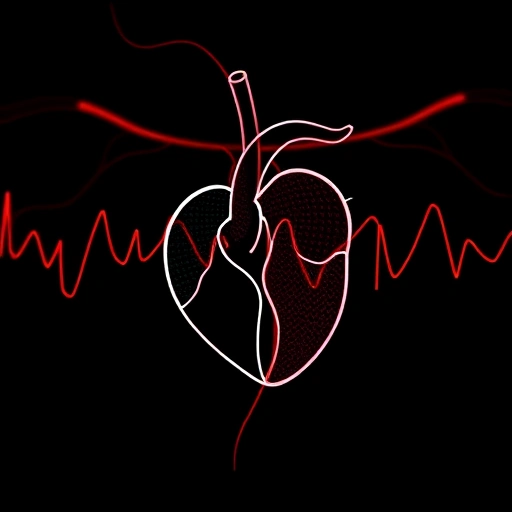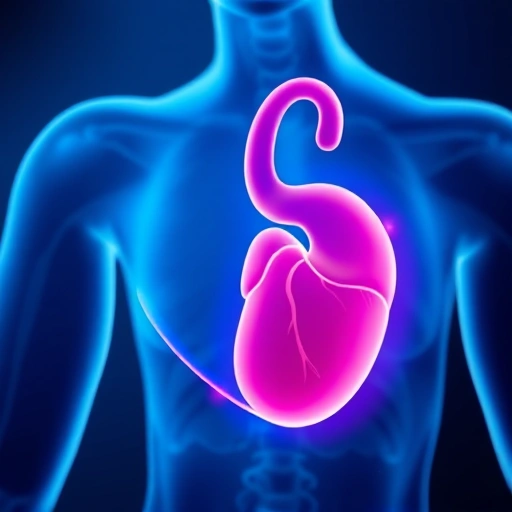
Endomyocardial fibrosis is a rare condition that can lead to serious complications, such as ventricular thrombosis. In this blog, Dr. Diego Chango presents a high-complexity clinical case where multimodal cardiac imaging was crucial for accurate diagnosis and successful treatment.
Clinical case
A 76-year-old male presented with NYHA class II dyspnea and weeks-long fever. Physical exam revealed a third heart sound and signs of volume overload. Cardiac biomarkers and renal function were abnormal.
Echocardiographic findings:
- Marked wall thickening in the mid and apical segments of the LV.
- Extensive mobile thrombus in the LV apex.
- Mild diastolic dysfunction (E/e’ of 11), enlarged left atrium.
- Reduced global longitudinal strain (−8.4%) with preserved LVEF (58%).
Diagnosis of severe endomyocardial fibrosis was made based on Mocumbi criteria: endocardial plaques > 2 mm, apical obliteration, and thrombus without severe dysfunction.
Confirmation via Cardiac MRI
- Obliteration of mid and apical LV segments.
- Extensive late gadolinium enhancement in hypertrophied endocardium.
- T1 and T2 mapping showed fibrosis confined to the LV, sparing the RV.
Final Diagnosis
Endomyocardial fibrosis with extensive apical LV thrombosis, associated with Staphylococcus aureus bacteremia, without eosinophilia or endemic exposure.
Treatment and Outcome
The patient was treated with targeted antibiotics and parenteral anticoagulation. After five weeks, the thrombus resolved and the patient’s symptoms improved. He remains on long-term anticoagulation and under follow-up care.
This case underscores the value of combining echocardiography, strain imaging, and cardiac MRI to achieve a precise diagnosis of endomyocardial fibrosis. If you experience persistent cardiac symptoms, consult Dr. Diego Chango.







